She is the whistleblower who called for help for nursing home residents, but help came too late.
"I am begging the HSE to go into the home and try save the residents and nurse them better."
This was the last line of an email Sadie Allen wrote to the HSE and HIQA on 2 February 2021, detailing multiple ongoing breaches of infection prevention and controls protocols at a Cork nursing home during the third wave of Covid, amid an outbreak of the virus.
By the end of the outbreak, which lasted over one month, 24 residents, nearly half of those residing at the 51-bed facility, had died.
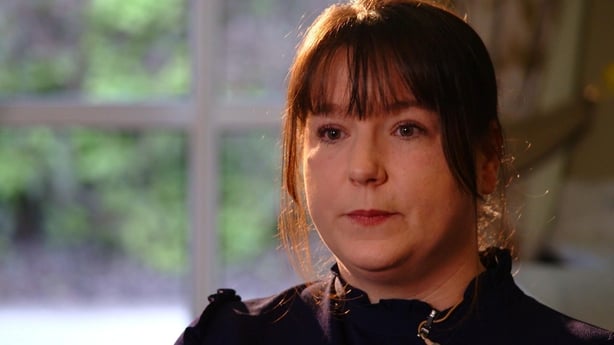
At the time she wrote that email the outbreak at CareChoice Ballynoe in White's Cross, Co Cork had led to practically all staff and residents testing positive at the nursing home - 47 staff and 46 residents.
Sadie hoped the HSE or HIQA would intervene and go to the nursing home to investigate her detailed complaint. Instead, the HSE’s response was that her concerns were being brought to the attention of the nursing home’s management.
Now, new information obtained under Freedom of Information, and shared with Prime Time, has shed new light on the health service’s response to the outbreak at Ballynoe around the time that Sadie raised the alarm over January and February 2021.
The internal HSE emails and minutes of meetings reveal that despite HSE plans to take action to visit Ballynoe during its outbreak in late January, this never happened.
Under public health guidance at the time, while the primary responsibility for infection control lay with the nursing home, the HSE public health was "responsible for investigating outbreaks of Covid-19 and providing overall leadership and oversight of outbreak management".
The HSE set up regional Covid Response Teams to do this who were tasked, among other things, to escalate concerns to HIQA, where action was needed.
This is what Sadie hoped would be actioned.
In fact, shortly before Sadie blew the whistle, the local Cork-Kerry Infection Prevention and Control HSE staff had already planned to visit Ballynoe, based on the very high numbers infected at the nursing home.
FOI records of a HSE Outbreak Control Team meeting, show that on 25 January 2021, a site visit to Ballynoe was planned for the next day.
But the site visit didn’t go ahead.
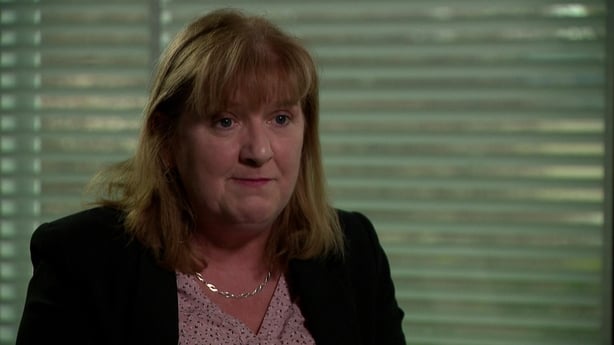
According to Professor Amanda Phelan, from TCD School of Nursing and Midwifery, the rapid spread of the virus alone should have raised the alarm to HSE public health about infection-control standards at Ballynoe. "There was a rapid and intensive spread over a relatively short period of time. That shows there is an issue within the nursing homes in terms of management."
Instead, she says the FOI records show "a faltering response" by the HSE, "emails going forward and back and recognising the issue, but the action to actually intervene seems to have been delayed."
Professor Phelan adds that given the HSE’s leadership and oversight role of Covid-19 outbreaks at the time, a response within days would have been appropriate to information about the level of infection at Ballynoe.
HSE records also show that in late January the HSE’s clinical support team risk had rated Ballynoe "red".
It was within this context that the HSE would have received Sadie Allen’s email seeking urgent help for Ballynoe residents.
The HSE told Prime Time their response to the Ballynoe outbreak came at a time when they were dealing with many other outbreaks.
"Over Dec 2020 and March 2021, Cork-Kerry HSE were notified of 237 outbreaks of Covid 19… This included 79 residential centres. During this unprecedented time, the healthcare services experienced significant levels of staff illness due to Covid-19. We had to request the assistance of the Defence Forces in providing support, which demonstrates the huge scale of the pandemic-related challenges facing the health service at the time."
However, Professor Jack Lambert, an infectious diseases consultant at UCD School of Medicine, said that the rate of infection of staff members spoke for itself, requiring urgent action and Ballynoe should have been prioritised. "I've never seen so many staff members infected, at least in my experience working in clinical medicine in such a short time."
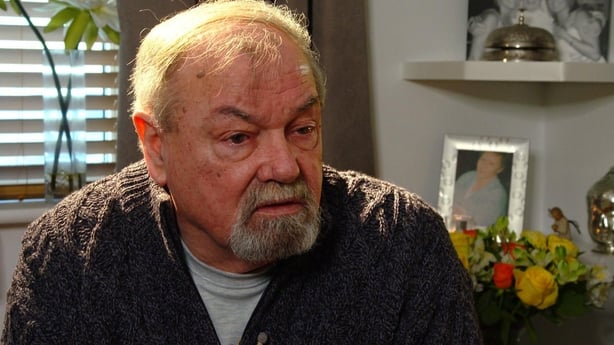
Pat Coyle, the widower of Veronica Coyle who died in Ballynoe on 8 February, agrees.
He wants answers as to why urgent action was not taken sooner. Pat believes that Veronica, who living with dementia, could have survived had intervention happened earlier.
"Veronica was only 64 and she was strong. She was strong by herself, and herself and a few others could have been saved, but, unfortunately, they never got the help they needed."
"She got her last negative test on the 24th, and that's the day they moved her. After they moved her, her next test was positive."
It took until 11 February for HIQA to make an unannounced visit.
HIQA’s report on their visit makes clear it was sparked by Sadie, who by that time had contacted them four times, most recently on 08 February.
HIQA found that the nursing home had failed to inform it of nine deaths, in breach of regulatory obligations.
The HIQA inspector also found the nursing home "non-compliant" with infection-control regulations, and cited multiple breaches of infection control standards that they witnessed at their visit, which they report "increased the potential for the spread of Covid-19 in the centre".
For example, the inspector found PPE stored with cleaning equipment and doors left open from rooms where Covid-19 positive residents were isolating.
HIQA also found Ballynoe "not compliant" with other key regulations on governance and management, training and staff development, medicines and pharmaceutical services and risk management. It found that the risk assessment for Covid-19 was "scant".
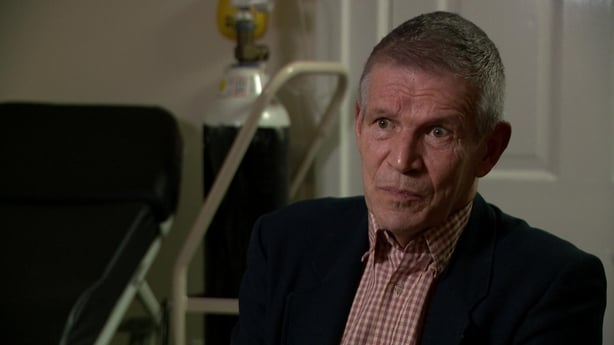
Professor Lambert is critical of HIQA’s response. "The whistleblower was not asking for a post-mortem on why everybody had died. She was asking for help."
"She was looking for someone to actually to come in in the middle of the battle to give ammunition to help fight the battle. The battle was done by the time HIQA came in. This was an avoidable tragedy."
"Delay means to death. This virus could go from zero to death in 24 hours. Even a few days makes a difference," according to Professor Lambert.
Five days after HIQA visited Ballynoe, the HSE Infection Prevention and Control team also finally visited Ballynoe, on 16 February. This was three weeks after the visit was first planned by the HSE’s Outbreak Control Team. The IPC team found continuing multiple breaches of infection-control standards.
HSE internal records of the site visit show that the IPC team discovered that "not only was specialist IPC nursing input not available" by Carechoice during the outbreak but that "the nursing resource that was available was not provided in a timely manner."
The HSE site visit reports that the HSE Covid Response Team were given "incorrect information" by Carechoice Ballynoe and that these "communication deficits" to the team, "negatively impacted on the ability of the HSE to support the response to the outbreak."
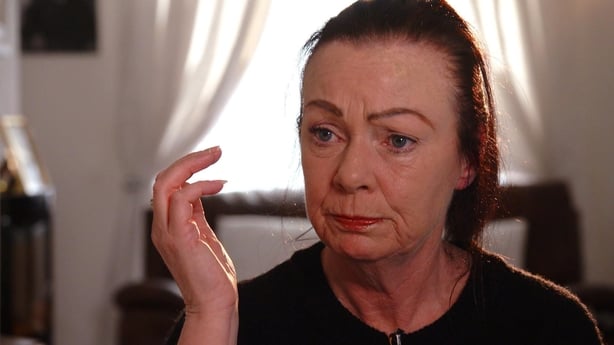
Christine Brohan, whose mum Kathleen Thompson died at Ballynoe on 1 February, believes this new information revealed in the FOI documents should be a turning point in Ballynoe relatives’ long quest for answers as to why their loved ones died at the home.
"Now we have it in black and white. It's there. The proof that what we were suspecting for these two years, it's there for anyone in black and white. We've been ignored for two years. I don't think they can ignore us anymore."
"I keep saying – is it because they were old [that] they didn’t matter? They were going to die anyway? We are dealing with people’s lives. They did matter and they do matter. Nobody should ever have to go through something like this again."
The HSE told Prime Time that "Once we became aware of the level of deaths within the service, we took measures as soon as practicably possible within the context of what we were working through with a very large number of other centres, for a member of the IPC team to visit their centre."
HIQA also told Prime Time that it was in regular contact with the centre from the onset of the outbreak. It said that throughout the pandemic, HIQA continued to engage with CareChoice Ballynoe "to strengthen the governance and management of the centre".
CareChoice Ballynoe told Prime Time that it "acknowledges the deep loss of those who lost relatives within the outbreak in Ballynoe." While it didn’t have an on-site Infection Prevention Control practitioner, "Ballynoe had access to nurses with qualifications in IPC throughout the outbreak."
CareChoice also said that the delays in PCR test results in early January 2021 led to staff working after testing positive and that "Public health advice was to cohort those residents with Covid 19 from those residents who did not. This is the reason why residents were moved within the home."
Recent HIQA reports about Ballynoe show that it is in compliance with infection prevention and control and governance regulations.
The Government has promised a public inquiry to "learn lessons" for future pandemics, but relatives of nursing home residents who died want accountability for what happened to their loved ones, particularly at the later stages of the pandemic.
Now two years on, Sadie Allen says that a public inquiry must examine the actions of the statutory agencies, particularly in the third wave of the pandemic.
"There has to be accountability. Decisions were made by statutory agencies and authorities who have a remit to care for people and to ensure that standards of care are there. That didn't happen. So we have to find out what is it that went wrong? It needs to be independent. People made decisions that had a direct impact on lives."






